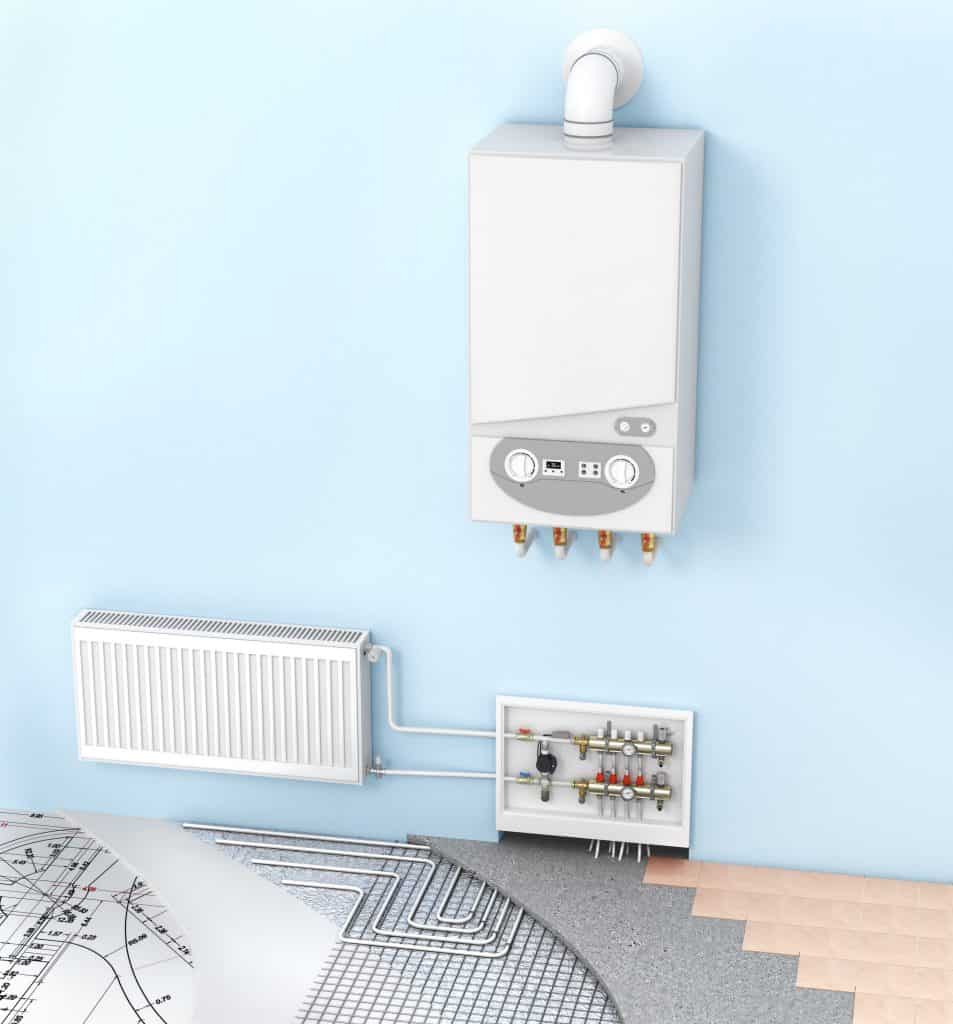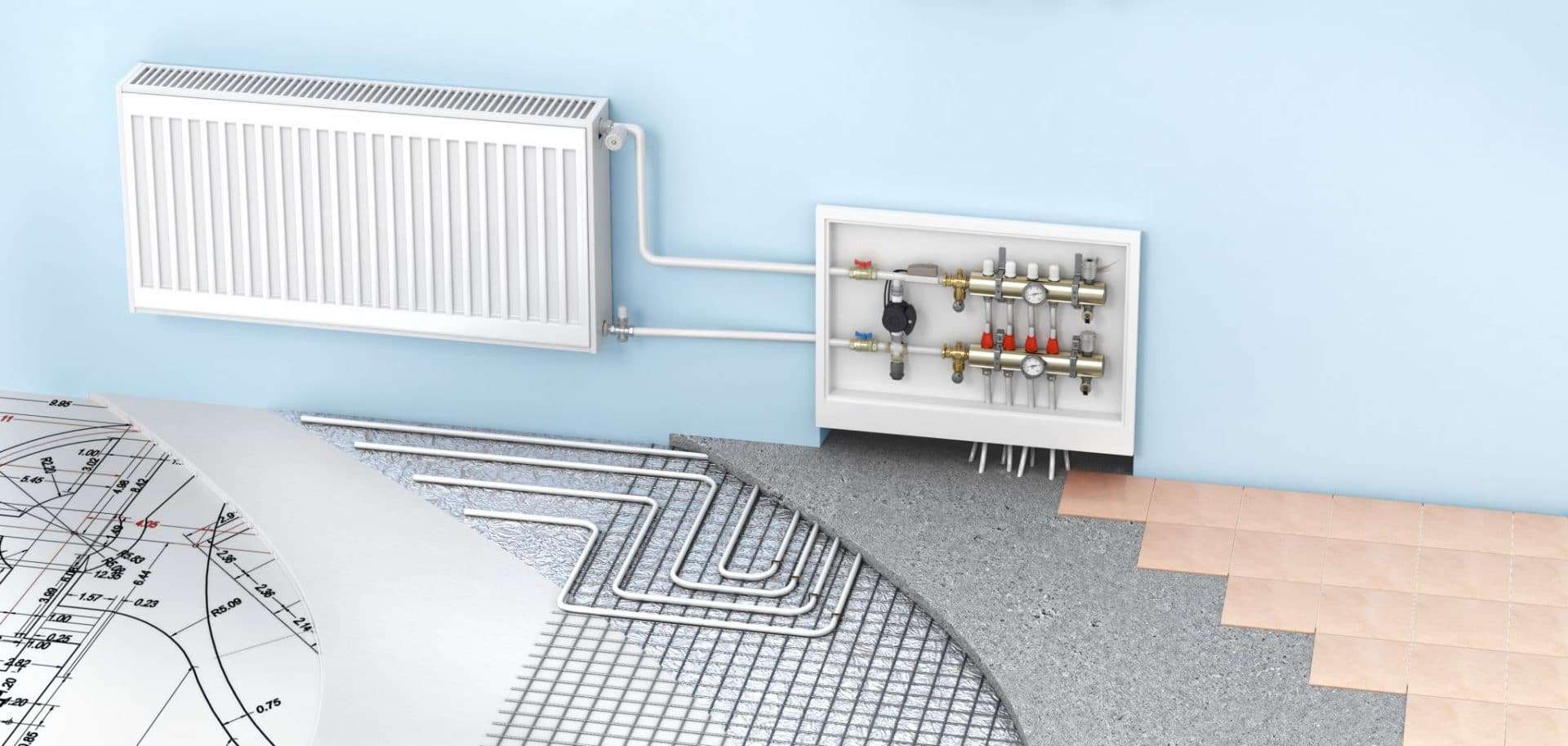Underfloor heating system: 6 questions to ask first.

Underfloor Heating System: The Basics

As winter approaches, running an underfloor heating system may be the most cost effective way to heat up your entire house. Plus, there are lots more benefits, including better heated rooms, lower impact on the environment and there’ll be no need for unsightly radiators hanging off your walls. You can heat your home efficiently with lower level heat that spreads evenly through the room. It’s cosy, modern and most of all, very functional.
Types of Underfloor Heating System
There are two main types of underfloor heating to choose from. Electric or wet underfloor heating. Electric underfloor heating is best for smaller, tiled spaces like bathrooms or kitchens, while wet systems are better suited to larger spaces – they have a large network of pipes that contain water that gets heated by your boiler when you switch it on. When you find yourself thinking of upgrading your heating system, explore your options to find out if an underfloor heating system would be better suited to your home instead.
Questions to ask about underfloor heating systems
Meanwhile, we’ve created a list of questions to ask yourself when you start thinking about an underfloor heating system.
How many rooms are in your home? The truth is, if you live in a small flat in the middle of the city are only planning to have an underfloor heating system installed in one room, it may not be the cost effective choice. The planning, materials and labour involved simply make underfloor heating systems better suited to larger rooms or projects. For a small flat or single room, it’s cheaper to install a radiator.
Are you prepared for a big project? You will need to take up all the flooring in the rooms you’re having fitted. You would also need to work out the finished floor height once all the layers are in place, if the installation is happening in a kitchen, the whole kitchen will need to be refitted as generally all rooms will be stripped right back to joists and concrete. Installs like this are best left until they’re a part of a much larger project e.g a kitchen refurb or new bathroom installation.
Are you prepared for unforeseen circumstances? As with all building projects, you might start the work and discover problems you didn’t plan for. Such as leaking pipes, water damage to your floors etc. Depending on the size of your property, how many rooms you’re having fitted with underfloor heating and whether you’ve had electric or wet underfloor heating installed, you may find that you have to install a new boiler to handle new capacity. Make sure you have a contingency for such things that do come up.
What type of floor do you have? Underfloor heating systems work best in homes where the floor materials are good conductors of heat. The heat circulating in a tiled bathroom or kitchen will be much better than that in a living room with wooden floors. Generally, it’s advised that you don’t have wooden flooring in rooms where you intend to generate heat from the floor, as wood is naturally a bad conductor of heat.
What are the pros and cons?
| Pros | Cons |
|---|---|
| Cheaper to run | Expensive to fit |
| Even heat spread out across the room, no cold spots | Lots of work - a project could take up to a month |
| No ugly radiators | Your current boiler may be inefficient, and need to be upgraded |
| You can control each room individually | |
| Limited sludge and corrosion |
Have you checked reviews? Remember that cheap isn’t always best. Always make sure you check your installers reviews on Google, Facebook and Checkatrade to make sure that you can trust installer with such a big project.

